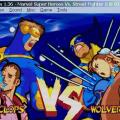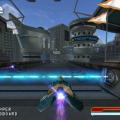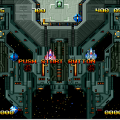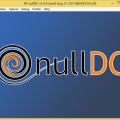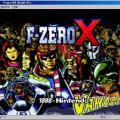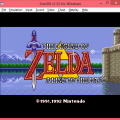- 0 replies
- 1,736 views
- Add Reply
- 0 replies
- 1,526 views
- Add Reply
- 0 replies
- 2,465 views
- Add Reply
PSPectrum 0.2 released

Sinclair Spectrum emulator for the PSP.
- Everything ported to MGE engine (NewOlds internal engine by Micro -> Main programmer and HexDump).- 3 Different screen sizes with filter, everything working in hardware mode.
- Fully remapable PSP buttons.
- Screenshot support (1 per game).
- ZIP support.
- perfect 48k Sound (almost).
- perfect syncronization (Ver 0.1 had various syncronizations problems I hadn't noticed).
- New fast Blend rendering for keyboards, it doesn´t affect framerate now [Fast!!!!].
- New Keyboard with squared cursor with configurable size, key locking, and key flashing to know what keys are under cursor.
- File selector showing shots when they exist.
- GUI code rewritten to allow pressable options. Now pages are scrollable, and has been added a new look and feel.
- Posibility to save different configurations for everygame.
- More things I can´t remember now...
>> Get it HERE.
EMULATOR2001 Build 30.4.06 released

Emulates: Advision, arcadia 2001, bandi, hmg-2650, leisure vision, Leonardo,mpt3, ormatu, palladium, robdjet, rowtron, hanimex, intercord, telefever, tempest, tunix, tvg-2000, tyrom, video master, polybrain, eduscho, fountain, force2, interton vc4000
Changelog:
1.5.06 Added ROMs: Capture, Invaders, Electronic Pinball
30.4.06 VC4000 updates: started to rasterise score, sprites and background colour
>> Get it HERE.
GameEx 5.99 released
Gens32 Surreal v1.66 (Rebuild) released

1) Added a SRM manager.2) Some work on Input stuff, maybe better, or maybe worse.
3) Added logo when start.
4) In the joypad config dialog, set only save the config for current game as default.
5) Fixed Rom explorer, clear sound before scan roms, so that less noise will be happen.
>> Get it HERE.

